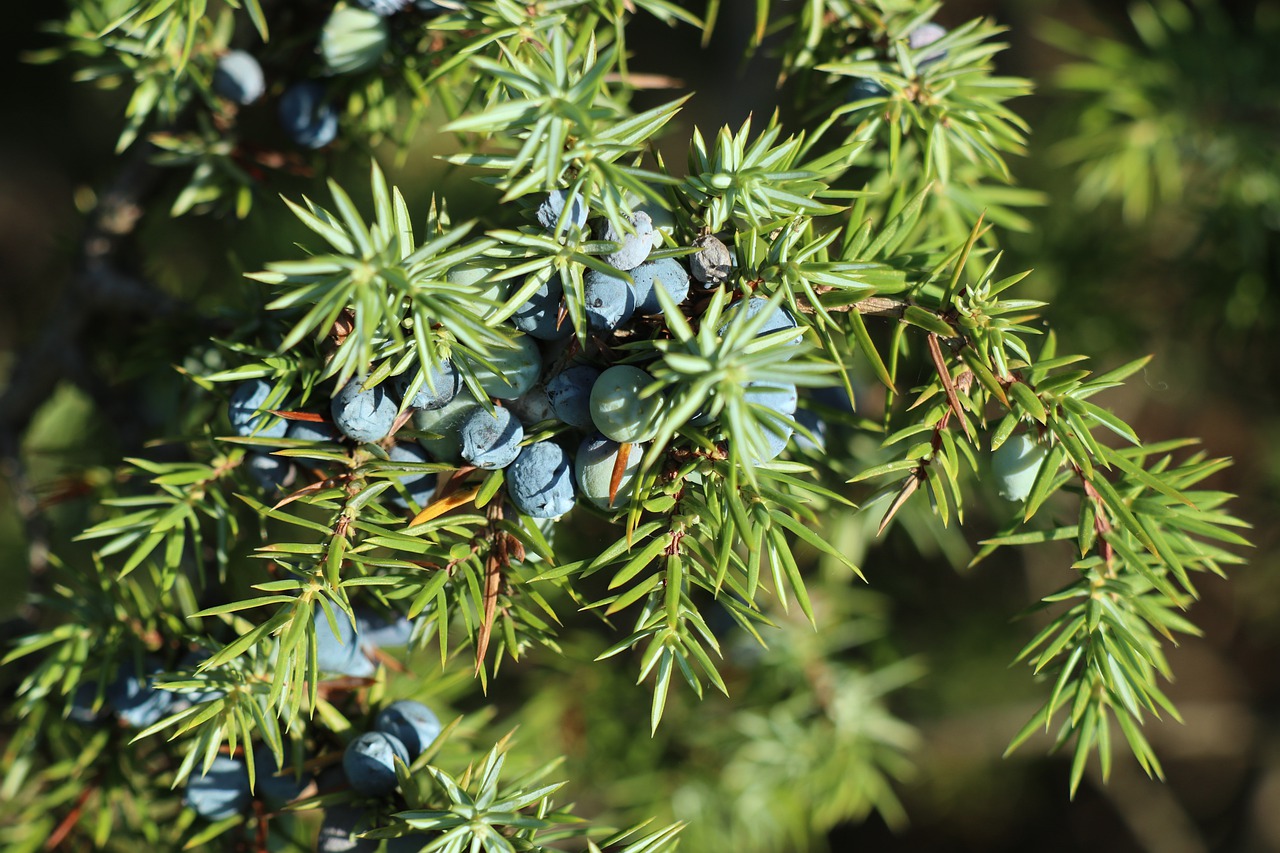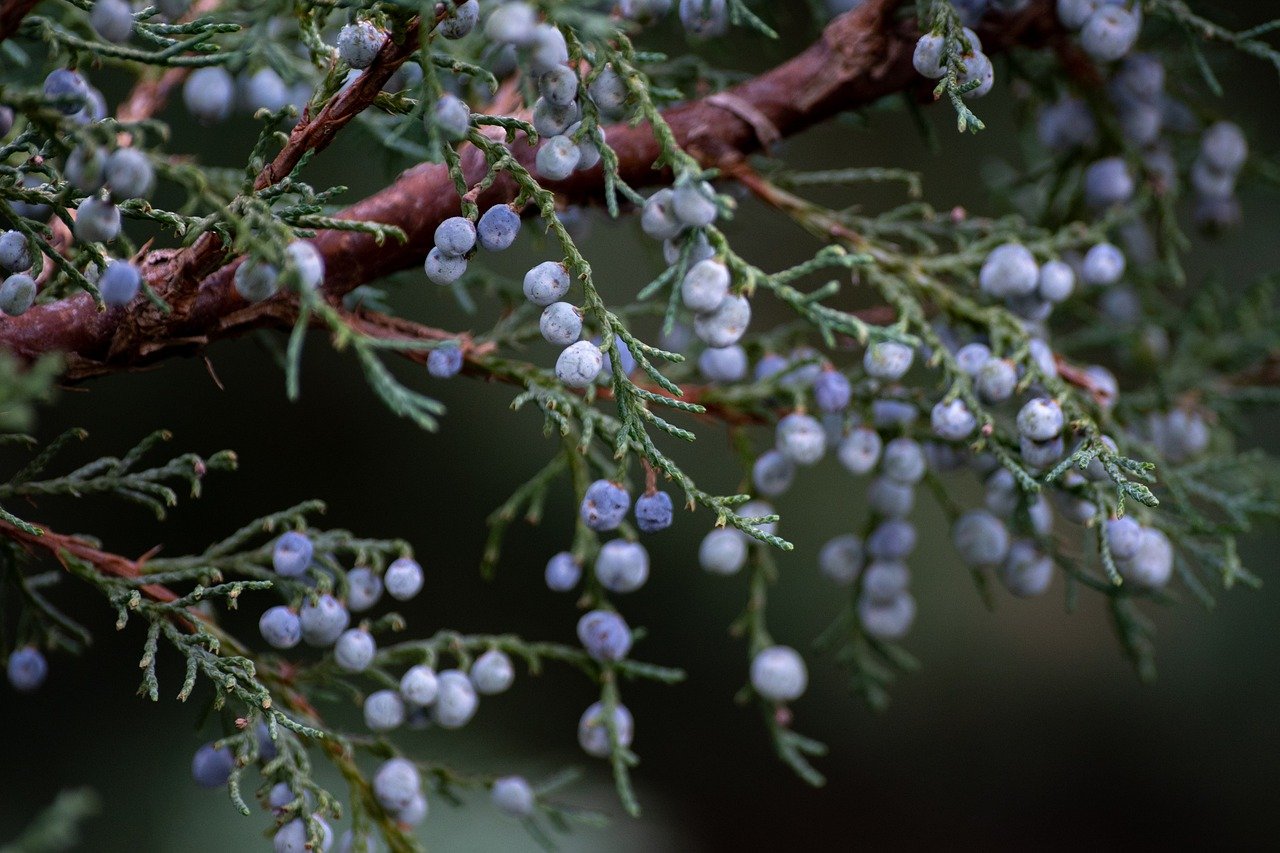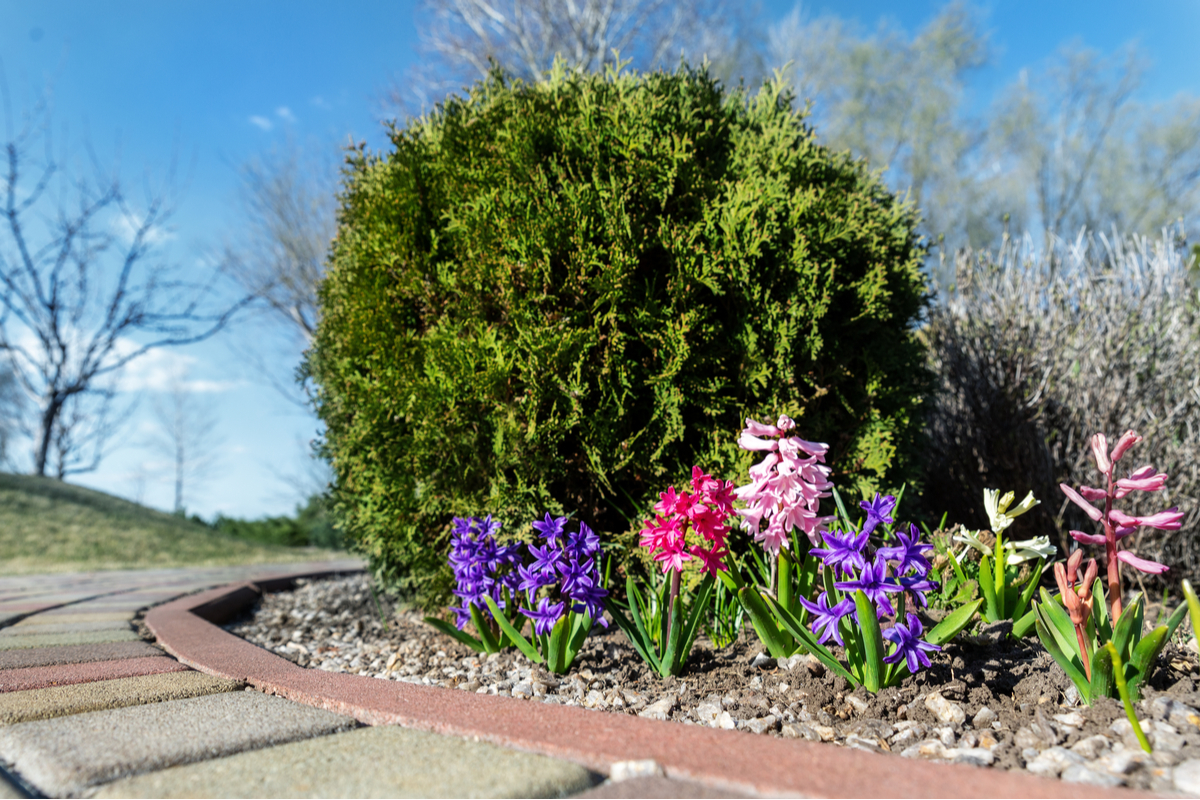If you’re looking for a great shrub for your yard or garden, look no further than juniper! It smells wonderful, looks stately, and the bright blue berries attract birds and other wildlife. Juniper is a great fit for many yards and gardens, especially since it comes in a variety of forms and sizes. How do you plant a juniper tree, though? Once it’s planted, how do you care for it and keep it happy and healthy? We’re going to answer all your juniper care questions, from planting to pruning, here in this simple and straightforward guide.

Planting your juniper tree
If you’re transplanting a juniper tree from a container or have gotten a sapling from a nursery, you can plant your tree in spring or fall. However, if it was grown indoors you may need to harden it first, especially if it is still young. You can harden your young plants by transitioning them to outdoors slowly, gradually leaving them outside for longer periods of time.
You can also grow juniper trees from seed. You can start your seeds indoors in a container at any time of the year as long as you can keep them warm and give them plenty of sunlight. If you’d rather start your seeds outdoors, you’ll need to wait until spring.

Basic care requirements
While different varieties may have slightly different preferences, there are a few things you can count on with junipers. Juniper trees are drought tolerant and prefer to dry out a little in between being watered. Be sure to plant them somewhere with well-draining soil. During the first couple years of growth, your juniper may need to be watered during periods of low rainfall. Once it’s fully grown, unless you live in a particularly dry region, your juniper will likely be able to get all the water it needs from rain.
Plant your juniper where it will be in full or mostly full sun. If you’re growing your juniper indoors, position it near a southern exposure window where it will get the most sun. You may need to supplement it with a grow light during winter. Junipers are not picky when it comes to soil type, but they do best in slightly acidic soils. They also don’t need pruning except on rare occasions, such as after an intense storm or in the case of a disease or fungal infection.
Juniper branches, needles, and berries are mildly toxic to dogs, cats, and people. However, pets typically don’t eat the plant as it smells bitter and unpleasant. The berries can be attractive to small children. Poisonings from juniper are rarely fatal, though, and usually result in an upset stomach. It is still a good idea to contact poison control if you notice your child has eaten juniper berries, or if your child becomes ill and you suspect juniper berries are the cause.

Common problems and how to fix them
The most common problem with junipers is overwatering. Juniper trees are very tolerant of droughts, but the trade off for this is that they are not tolerant of constant moisture. This can be a problem if you live somewhere with frequent, heavy rains. If the overwatering is a product of human error, the solution is simple: Just adjust your watering schedule and allow your juniper to dry out. If the issue is caused by the weather, your options are more limited. If there aren’t any other plants directly next to you tree, you can secure a tarp around the base to keep some of the rain from soaking into the soil. Just remember to remove the tarp after the storm, so that the water that did get into the soil can evaporate properly!

Incorporating them into your garden
Juniper can pair well with any plant that has the same general care requirements, namely being drought tolerant. Taller juniper trees can provide shade for shade-loving plants, or you can plant other conifers next to your junipers to form a border.
In terms of flower colors, blue flowers will bring out the blue tones of juniper needles, while red flowers will draw out the green undertones. White flowers can brighten an area, while darker flowers can deepen the shade under your juniper tree and add an air of mystery.
For blue flowers, try catmint, lavender, or sage. If red flowers appeal to you, look for blanket flowers, delosperma, or red hot pokers. To brighten the shadows around your juniper trees you might want candytuft, but plant hellebore to intensify your shade. Of course, these aren’t the only flowers you can plant with your juniper trees, so feel free to experiment!
That’s the basics you need to know about planting and caring for your juniper trees. They’re low maintenance, and very seldom have any serious problems. Watch out for overwatering, and plant your trees somewhere that gets a lot of sun and has well-draining soil. There are many different varieties of juniper, and there is almost certainly a variety that’s the right size and shape for your yard and garden. Anyone can enjoy the benefits of having well-kept juniper trees in their yard using this simple guide.



